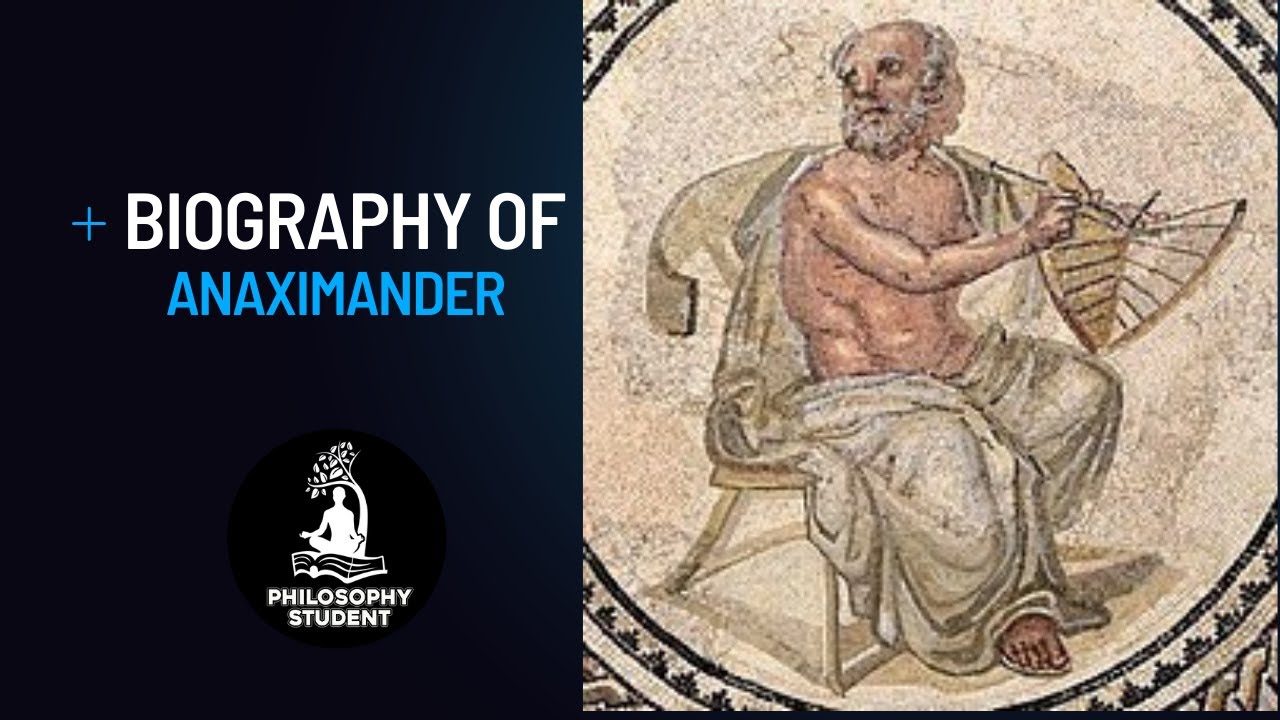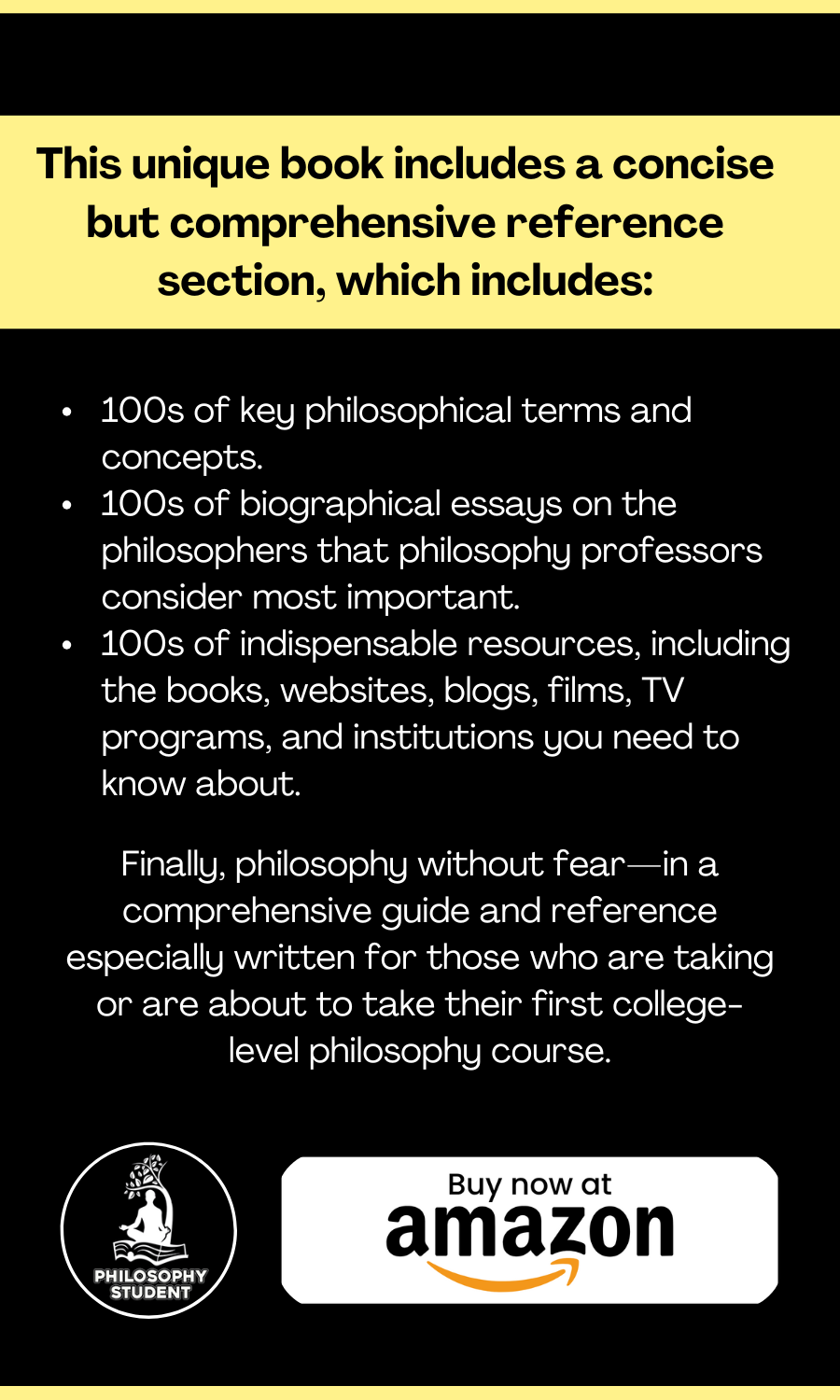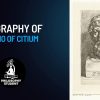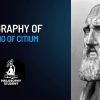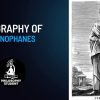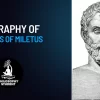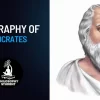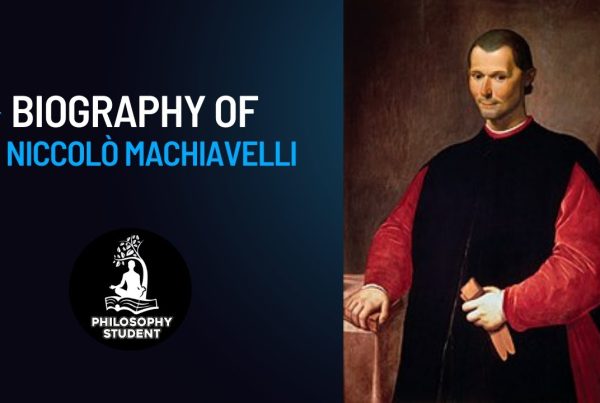Born about 610 BC in the Ionic city of Miletus in what is today Turkey, Anaximander is not only an important Pre-Socratic philosopher but is believed to be the first philosopher who wrote down his studies and ideas. His principal mentor was Thales of the Milesian school of philosophy, and Anaximander succeeded him as that school’s master. His most illustrious student, quite likely, was Pythagoras.
Anaximander was an empiricist who undertook the close observation of the natural world around him and the heavens above. Like so many other philosophers, he was intensely interested in the origins of things and was an early cosmologist. His leading theory of the natural world held that it was governed in a manner analogous to human society—that is, by law, the violation of which was an assault on the natural balance and would not long escape correction.
In the field of astronomy, Anaximander endeavored to observe and explain the mechanics of celestial bodies. These observations led him to theorize that the origin of the universe was driven by what he termed apeiron, meaning the infinite or the limitless. Thus, infinitude not only characterized the universe, it was the original principle of the universe, what Anaximander called the arche, the “beginning” or, more accurately, the “source of action.” Using the concepts of apeiron and arche, Anaximander explained how the traditional Four Elements—air, earth, water, and fire—were formed. Through the action of these original creations, in turn, everything in the universe as it exists in the present was created.
Anaximander did not limit his vision of creation to the world that is known to humanity. He spoke of “all the worlds,” thereby implying a universe in which many worlds exist, though they are as yet unknown. Apeiron endures eternally. In dying, beings and inanimate things alike return to the apeiron.
Anaximander is sometimes called the Father of Cosmology, not just because of his apeiron concept but because of his widely disseminated map of the universe, which was based not on the prevailing mythological concepts but on his own observations and conclusions. Although he conceived of the existence of other worlds, he regarded earth as the center of the universe, floating unsupported and motionless in the infinite. He conceived the earth as a cylinder, one third the height of its diameter. The flat top is the inhabited world, which is surrounded by the ocean. The idea that the earth required no support in space was revolutionary and would linger to shape many future theories of the universe.
Anaximander created a narrative of the earth’s formation in the separation of hot from cold, a process that caused a ball of flame to engulf the earth, partially breaking it apart. The fragments formed the rest of the universe, which took the shape of a series of concentric wheels, each filled with fire. The wheels were pierced with holes, through which the fire was visible as the stars (the first concentric ring out from the earth), the moon (the next ring), and the sun (the third ring).
Anaximander also theorized on the origin of animal and human life. His view was an adumbration of the concept of evolution. Animals, he argued, were created out of the sea, originally born encased within a bark. The bark dried up, allowing the maturing animal to break free of it. In the course of evolution, the oceans retreated in partial evaporation, and animals, freed from their casing, occupied the land, learned to adapt to its conditions, and, in the fulness of time, gave rise to humanity
Like most early philosophers, Anaximander was eager to give his theories practical application and adapted his cosmology to create a map of the world, with (it is believed) three continents—Libya, Asia, and Europe—separated by the Nile River, the Phasis River, the Mediterranean Sea, and the Black Sea, and the whole encircled by one vast ocean. The philosopher is also widely credited with having invented the gnomon or, more accurately, having adapted the gnomon for use in the invention of a practical sundial.
In addition to philosophy, Anaximander apparently was interested in the politics of Miletus and was sent to Apollonia, a Milesian colony established on the coast of the Black Sea, possibly to draw up a constitution for the colony or in some other way to ensure the maintenance of its allegiance to Miletus. It is believed he died in Apollonia about 546 BC.

